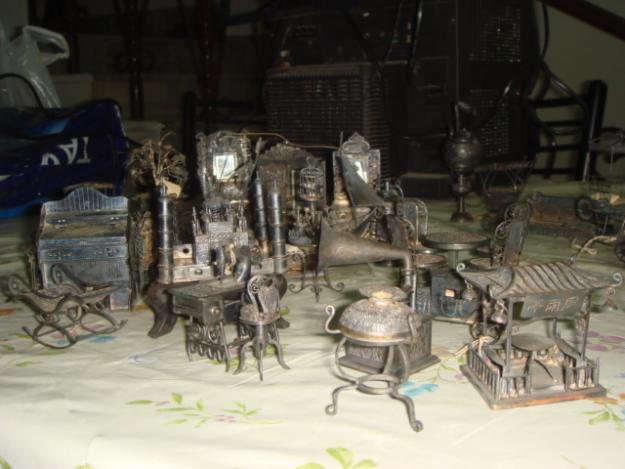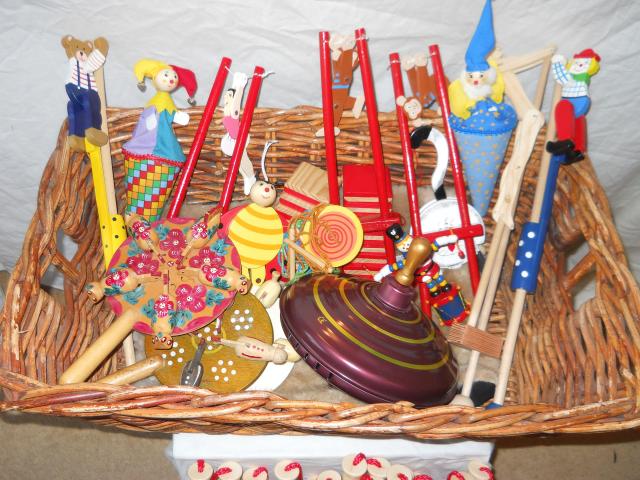The Evolution of Toys
- Sheetal Chailertborisuth
- January 31, 2013
- Ponder
- Evolution of Toys, FENN DESIGNERS, industrial revolution, Sheetal Chailertborisuth, teddy bears, tin toys, Toys
- 0 Comments
I am constantly looking out for toys for my kids, either for birthdays, celebrations or as rewards. As my kids are growing and changing so are toys.
It is incredible how fast toys are changing and with them our kids.
With the spread of computer and 3D virtual reality games, I sometimes wonder if real toys are going to disappear forever.
Toys are an important part of a child growing up and learning. Toys are used to discover, develop motor skills, learn cause and effect, exercise mind/body and learn social skills. No one knows when were toys invented but they have been unearthed in archaeological sights.
The earliest toys were made from materials found in nature, such as rocks, sticks and clays. Thousands of years ago, Egyptian children played with dolls with movable limbs which were made from stone, pottery and wood. In ancient Rome, children played with dolls made of wax or terracotta, sticks, bows and arrows and yoyos. Toys were few and were precious as only the parents and family of the child, or the child themselves made them.
One of the early toy makers was Hero of Alexandria. During the second century BC, he created toys that would demonstrate the laws of physics. He created complex mechanical toys that used fire, water, and air pressure to move different parts of the toys.
One of the oldest and most common toys is the construction set, made of wooden blocks. These were often painted in bright colours and given to babies.
In the 16th century, a toy industry developed in Nurnburg, Germany. Craftsmen produced toys, which were then sold by toy distributors. Materials for these early toys included wood, leather, paper, or cardboard. Metals such as lead, silver or tin were used in limited quantities.
The Industrial Revolution changed the face of toys. It allowed toys to be mass produced and gradually toys became cheaper.

By the 19th century factory made toys, including tin toys, clockwork toys, train sets, toy soldiers, rocking horses, dolls, and tea sets were popular. Toys were made from porcelain, wood, cast iron or lead. Plastic toys were still not available.
The next major innovation in toy materials was in the late 1950s to early 1960s with the introduction of plastics.
By the 20th century, new toys were invented. Tin cars, train sets and Teddy Bears became popular.

In the late 20th century, after World War 2, plastic and metal toys become cheaper and more common. In the 1950’s Lego became popular, skateboards in 1958, Barbie dolls in 1959 and by the end of the 20th century, computer games became the most popular gifts given to children.
If one follows toys’ evolution, it mirrors that of technological evolution. As we mastered new ways of manipulating materials we developed toys to suit.
I guess my worry of toys disappearing may be real, but new generations learning process is also different, they are adapting to their new environment which is all computerized. Who knows what will the outcome be, but I guess that’s what evolution is.
Related Posts
- Dr. Chafia Ferhat
- November 12, 2012
Sinking Cities
I am sure, like me, you are also following the news of the Maldives islands rapid sinking level ..